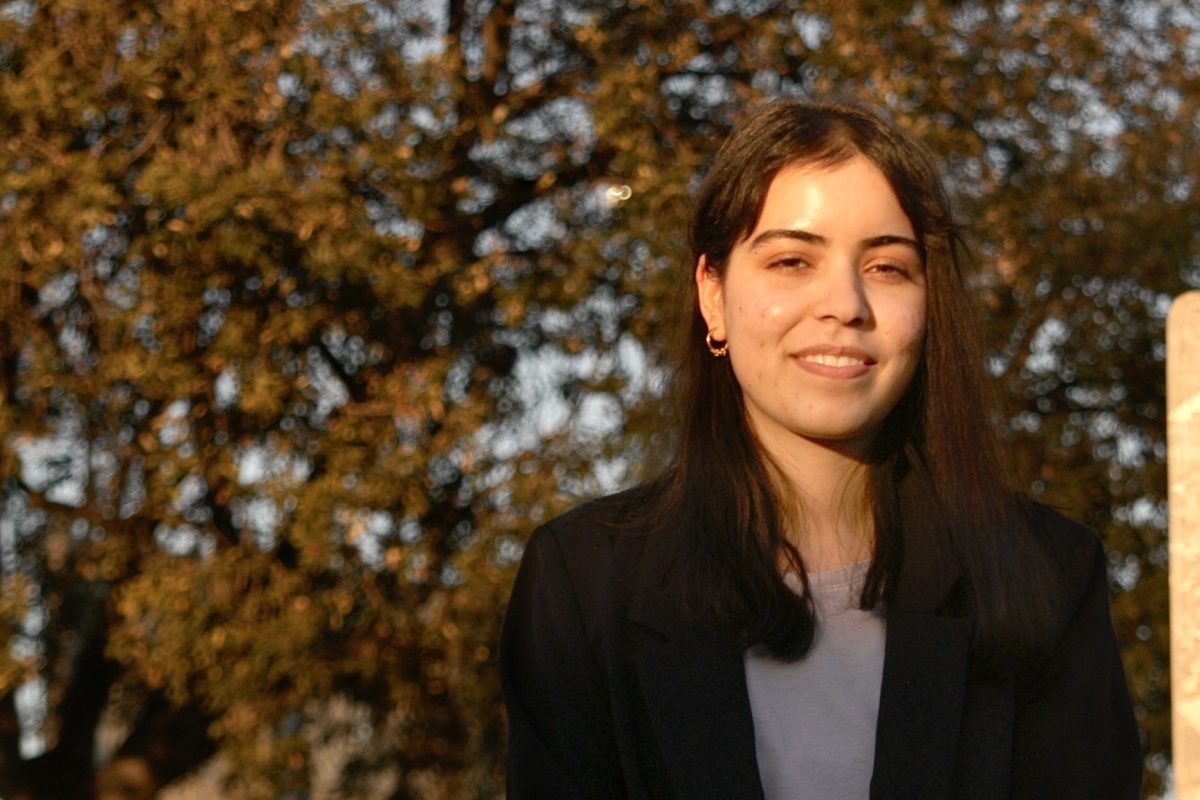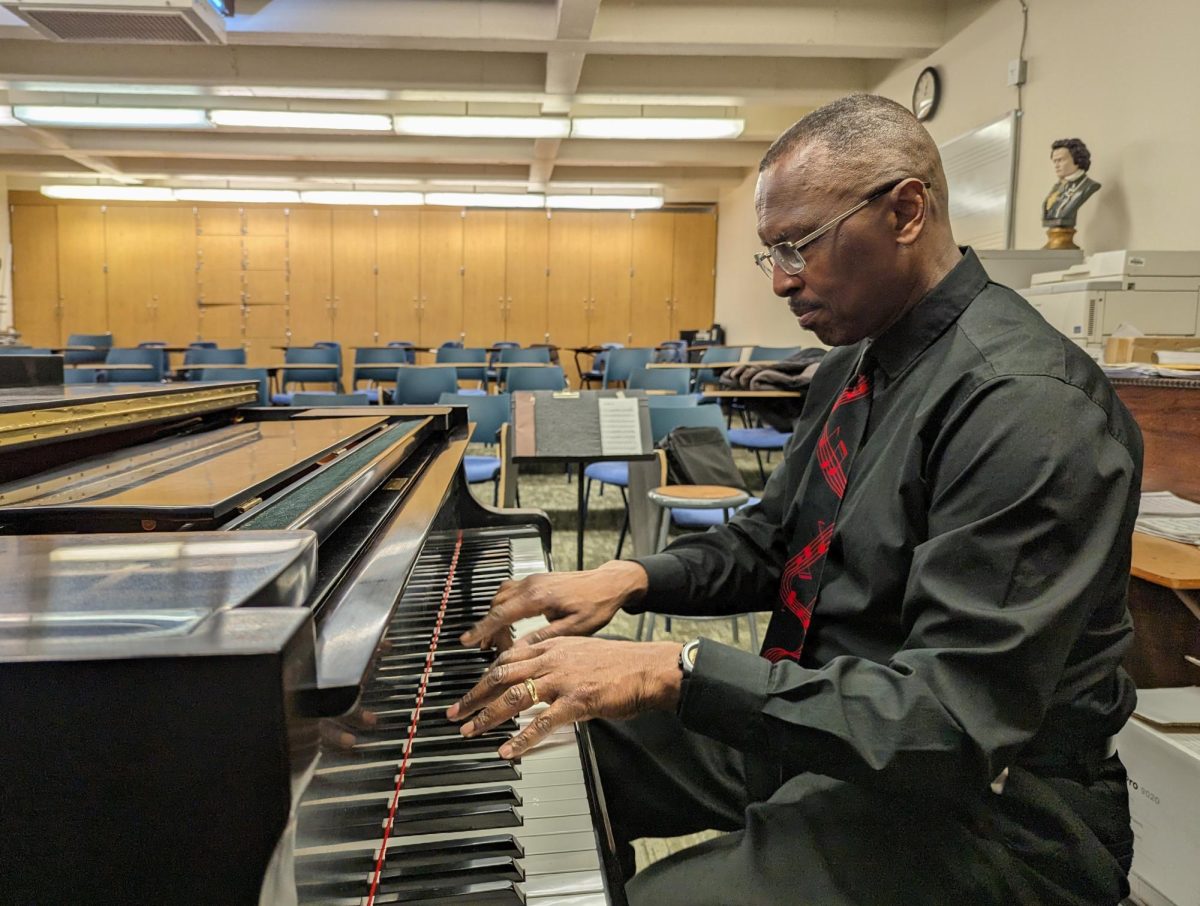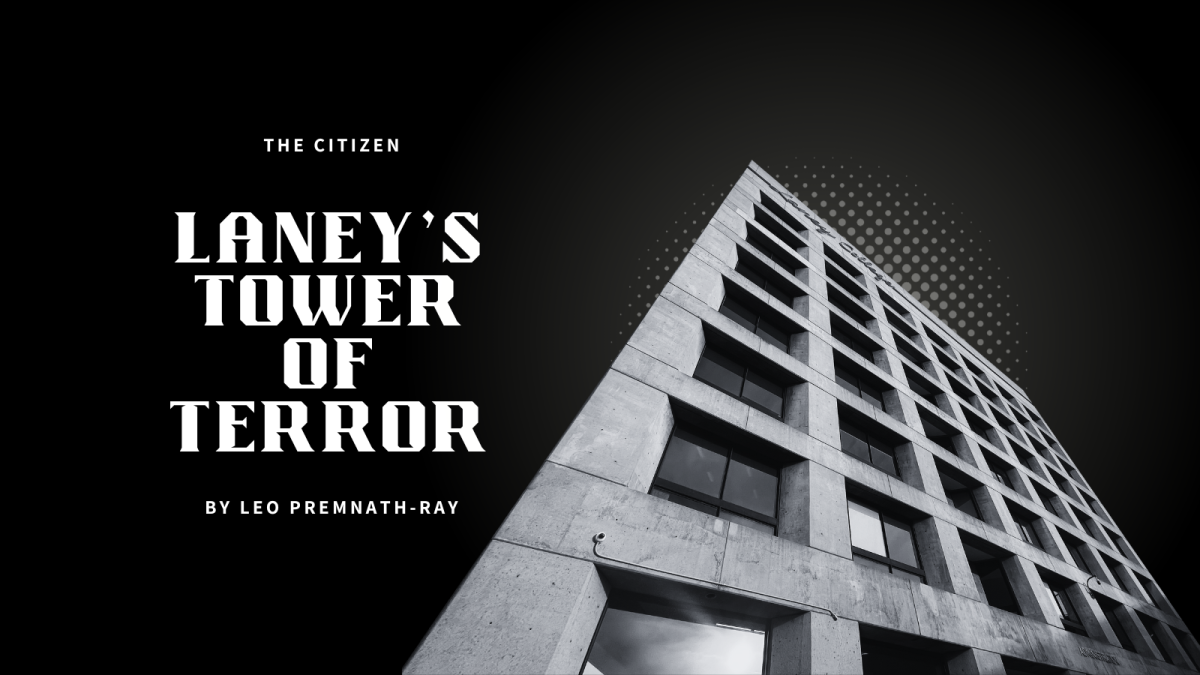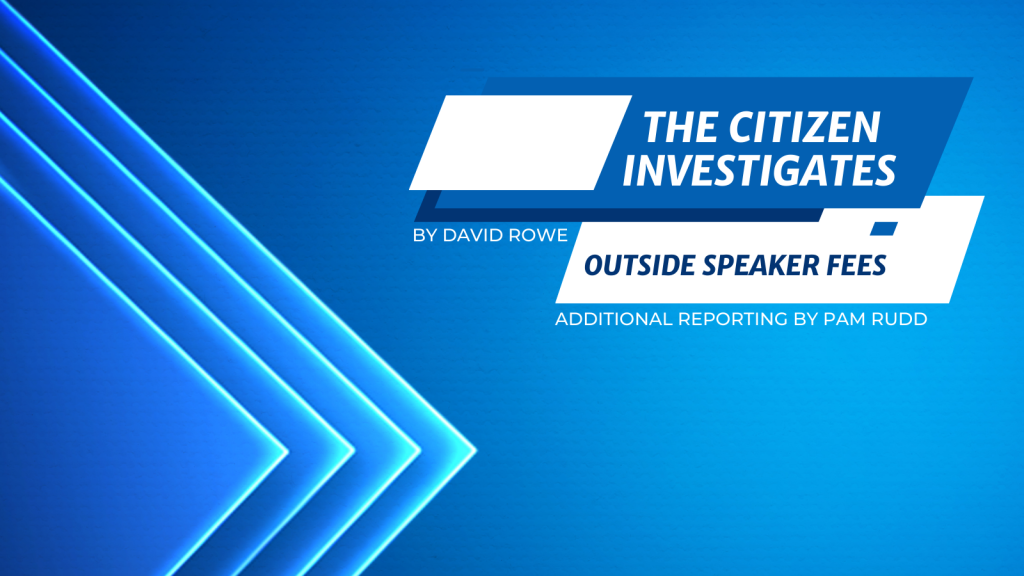This month astronomers discovered a peculiar star. Like the start of so many science fiction stories, the mechanically named “KIC 8462852” caught the attention of researchers due to unusual and unprecedented data about the star that was received via the Kepler telescope. Data that was strange enough that many researchers believed that their readings might be a mistake. When the data was confirmed, however, they were shocked.
The Kepler telescope discovers and catalogues extrasolar planets by monitoring minute changes in light emitted from any given star. These changes, or “dips” as they are called, are caused by planets or comets and normally follow a pattern that is consistent with the orbit of such objects.
What has made KIC 8462852 an object of intense interest, however, is the seemingly erratic number and unpredictable nature of “dips” in the star’s light. It was pointed out by some scientists that such dips could be consistent with artificial (that is, “alien”) objects, and the Internet has subsequently exploded with viral speculation.
Of the many far-fetched explanations that are getting thrown around (in articles with titles such as “Alien Megastructures Discovered in Space”) one of the most popular is that the anomalous dips are consistent with a “Dyson Sphere”, a hypothetical system of energy-collecting machines (or “megastructure”) that would surround a star and harvest its energy for an advanced civilization, sort of like giant solar panels in space.
If we are going to jump on the “I’m not saying it’s aliens, but it’s aliens” bandwagon, however, we could stand to do better with our hypothesizing. In fact, an article from a 2005 astrophysics journal entitled “Transit Light Curve Signatures of Artificial Objects” by Luc F. A. Arnold may have already provided some excellent conjecture 10 whole years before this star was even discovered.
In the article, Arnold discusses the possibility of detecting artificial objects in space using telescopes like the Kepler; however, he proposes something more exciting than their being mere energy collectors: “These objects could be planet-sized structures built by advanced civilizations, like very lightweight solar sails or giant very low density structures perhaps specially built for the purpose of interstellar communication by transit.”
If we entertain this theory, it would mean that the reason the data from KIC 8462852 is peculiar is because it is meant to be, an extrasolar civilization would have placed artificial objects around a star precisely so that anyone looking would recognize it as such. Rather than a cosmic solar panel, it’s actually an interstellar calling card.
There are, of course, more reasonable proposals, such as the theory that the star is actually just lopsided, which would account for the unusual data, as well as mirror our impending disappointment. Indeed, it is all too likely that scientists will soon solve the mystery of KIC 8462852 (sans E.T.), but until then we should keep our hair unkempt, our hands raised, and enjoy our collective “aliens” moment.
Maxwell Sharp is a Tower co-editor. Email him at maxcsharp88(at)gmail.com




























